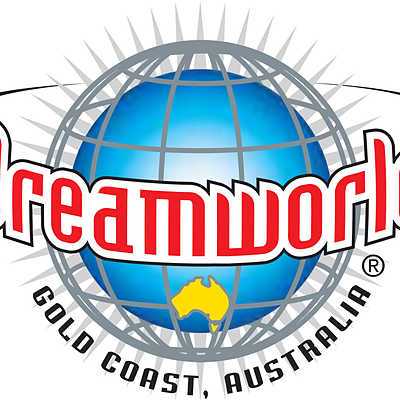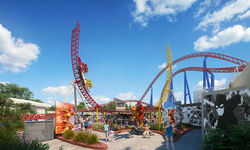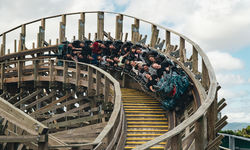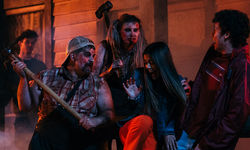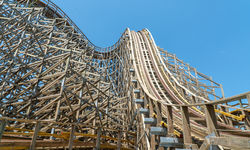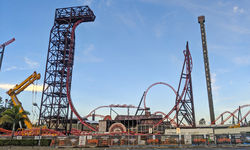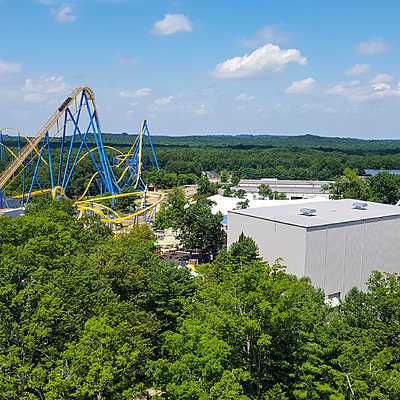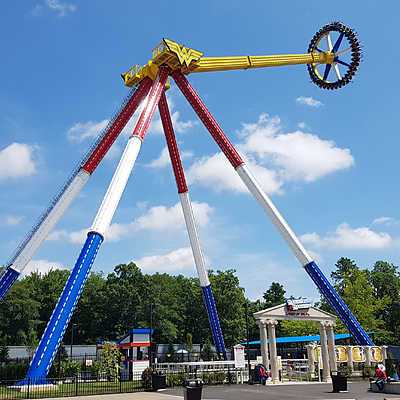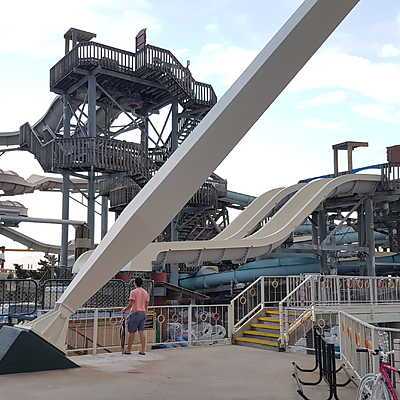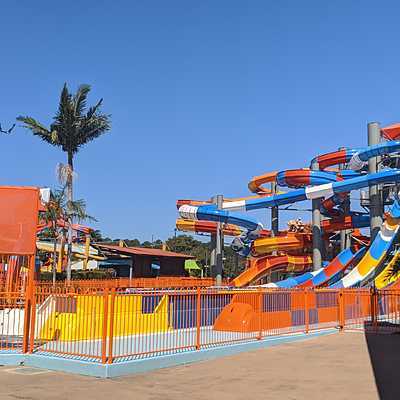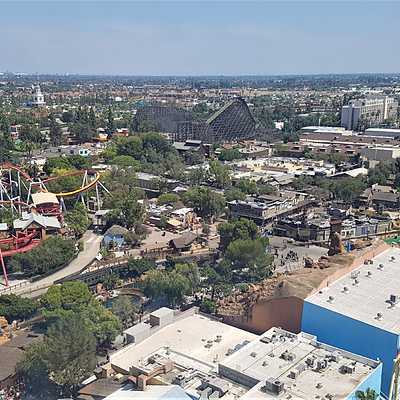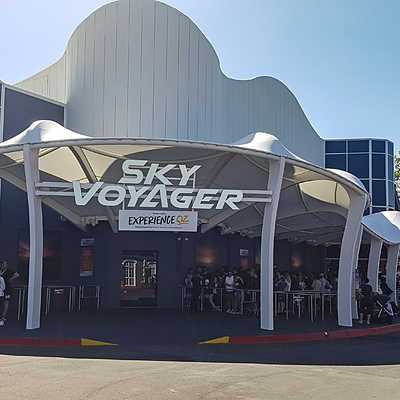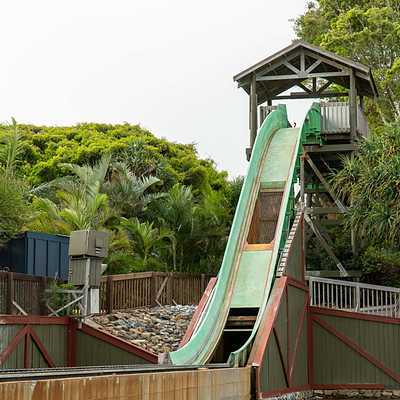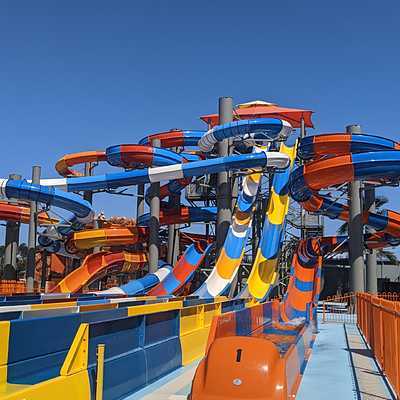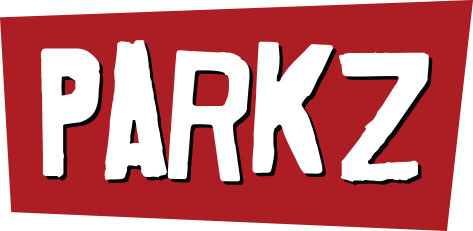Dreamworld's performance: 15 things to take from Ardent Leisure's preliminary full year results
Ardent Leisure have released preliminary results for the 2017 financial year, revealing the fallout of Dreamworld's Thunder River Rapids accident, while laying out a brief strategy for the park's recovery.
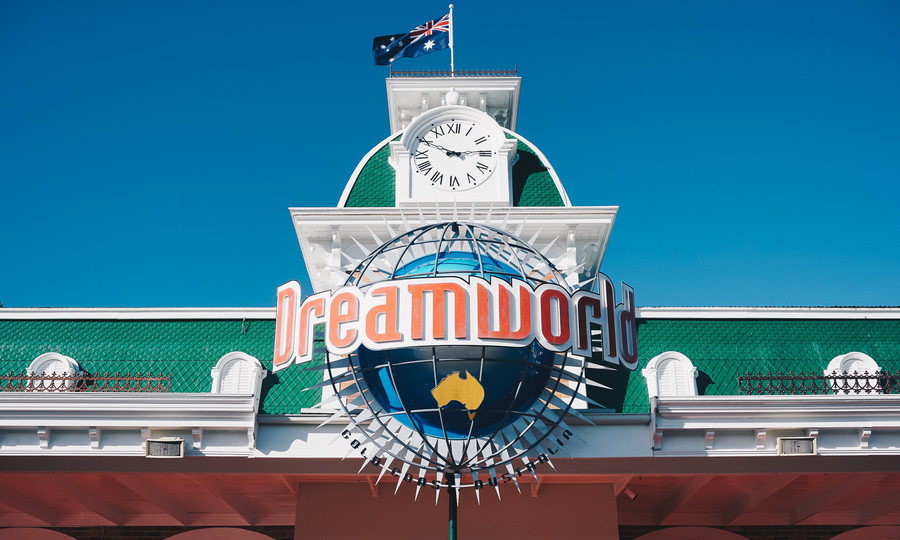
The full 57 page presentation is available for download from the ASX, showcasing a year of mostly downs for a company that has struggled with an aggressive – and widely criticised – growth strategy with their USA chain of Main Event entertainment centres as well as the fallout from October's tragic accident at Dreamworld.
Focusing on the performance of Dreamworld, here's 15 things to take away from today's results.
Attendance was down by 750,000
The park saw a 31.1% dive in attendance, brought about by the accident in October. The year's figure of 1.66 million guests is more akin to the numbers the park received before the proliferation of cheap annual passes, which made repeat visits for local residents and tourists the norm and saw attendance numbers steadily increase.
In this attendance figure Ardent Leisure includes Dreamworld's waterpark WhiteWater World as well as the separate Skypoint attraction at Surfers Paradise. Removing Skypoint from the equation, the 2017 attendance figure is undeniably the lowest since 2006, which recorded 1.39 million visitors, prior to the opening of WhiteWater World.
Theme parks took a 34 per cent dive in revenue
The drop saw Ardent Leisure's theme park division bring in only $70.9 million, down some $36.7 on the prior year.
An overall loss for Dreamworld
At the time of the accident, leading financial services company Credit Suisse predicted Dreamworld would see a modest $9 million EBITDA for the financial year. The actual result released today was an overall loss of $3.4 million.
The previous financial year saw EBITDA of $34.7 million, meaning a swing in fortunes for Dreamworld by some $38.1 million.
In a piece shortly after the accident, I drew parallels with the 2014 non-fatal roller coaster accident at England's Alton Towers to suggest that the ensuing downturn could wipe out most of the park's profits for the year – this prediction looks to have come true and then some.
Two years for recovery
Ardent are optimistic that the park's recovery is "likely to take two years". Alton Towers is yet to recover from their high profile incident, with owners suggesting that it will take until 2018 to fully recover, four years after their Smiler roller coaster collision that seriously injured several riders.
Lego Store performs well
Unsurprisingly, the much-anticipated Lego Store performed qute well. It met its full year forecasts in just six months. The store located at the front of Dreamworld is accessible to outside visitors, so has presumably had little impact on the theme park's attendance figures.
"Operational achievements" include safety review and staff support
Dreamworld have touted their extensive operational and safety reviews as a key achievement for the financial year. Likewise "staff wellness and support programs". Both were ostensibly in the aftermath of the accident that raised serious questions about the theme park's overall safety, and left many staff understandably impacted.
Other operational achievements included the well-received Tiger Island upgrade and the misleading and/or heartfelt Pure Imagination campaign.
Ardent reaffirms "capital light" investment for Dreamworld
At a time when competitors are transforming the theme park landscape and pushing boundaries on the Gold Coast through unparalleled investment in new attractions, Ardent see their barebones investment strategy as the way forward. There's more to be said on capital expenditure later.
Strong compounding growth*
*When your starting point is a ten year low.
Ardent proceeds to tout excellent year-on-year growth in attendance and profitability compared to competitors Village Roadshow Theme Parks. But these figures appear to cherrypick, starting with the abysmal results of 2012 that saw attendance plummet from 2.75 million in 2011 to 1.7 million in 2012.
That 9 per cent compounding annual growth rate in attendance that Ardent boasts from 2012-2016 becomes negative growth of 2.7 per cent year-on-year if viewed from 2011-2016. Not surprisingly it's easy to show strong growth when you just so happen to start the figures at your lowest point in a decade.
Ardent's theme parks have still modestly outperformed Village Roadshow's in terms of revenue and profit growth from both a 2011 and 2012 starting point.
Back to capital expenditure, in this same 2012-2016 period Ardent boast of an 8.5% year-on-year reduction in theme park capital expenditure as a percentage of revenue while Village Roadshow's Gold Coast theme parks have seen 8.6 per cent growth in expenditure.
It's hard to consider this a viable long-term investment strategy when a staggering number of major attractions at Dreamworld are in a state of either temporary or permanent closure and others have suffered numerous bouts of unplanned downtime.
Attractions currently closed at Dreamworld:
- Thunder River Rapids (permanently)
- Skylink Chairlift (permanently)
- Eureka Mountain (indefinitely)
- Rocky Hollow Log Ride (temporarily)
- Vintage Cars (temporarily)
- Wipeout (temporarily)
- Dreamworld steam train (indefinitely; diesel train still operates)
- Tower of Terror II (temporarily, it has been intermittently closed for much of 2017)
Attendance is very slowly recovering while revenue remains consistently down
Recent initiatives such as a Wiggles performance and heavily discounted night events have seen Dreamworld paint a narrative of attendance coming back, but it's clear that the slight increase in foot traffic has not seen any real impact on park revenue.
"Event pipeline" is the new buzzword
Ardent lay out the mixed (read: unfocused) deployment of attractions, retail initiatives and events that has seen them limp through to the end of the financial year.
Tiger Island's rejuvenation and the Lego Store are the two biggest drawcards of the year. Ardent curiously make mention of the low-budget VR experience that was hastily thrown together for Motocoaster to beat Movie World's $1 million spend on Arkham Asylum VR. Despite hype, guest previews and even a media launch, the VR attraction doesn't actually exist amid reports of an inconsistent and disorienting ride experience.
Strategic objective: "A must visit Gold Coast attraction"
It's not clear how Dreamworld achieves this objective when the bulk of the strategy appears to be based on buzzwords, minimal expenditure and rehashing old ideas and attractions. Particularly while your competitors develop world-class attractions.
Leisure and entertainment precinct
Deborah Thomas is gone, but Ardent are still painting their plans to sell off unused land as part of a Downtown Disney-esque development. It's unclear to us how "long term accommodation" (i.e. housing) forms any meaningful part of what they then tout as an "Entertainment City".
"Smart" Capital Investment
Just to be clear, that's Ardent's use of quotations, not ours. They want to "relaunch or repurpose existing infrastructure to efficiently deliver new attraction offer".
Yep, a splash of paint here or there and trying to resurrect that clusterf*ck of a Mine Ride should do the trick while Warner Bros. Movie World puts finishing touches on their $30+ million new roller coaster.
Return of family favourites
Bringing back Vintage Cars, Log Ride and Wipeout (Or is that WipeOut? WiPeOuT?). Maybe we – or rather Dreamworld CEO Craig Davidson – spoke too soon regarding the fools errand of trying to get the Mine Ride back up and running, as according to Ardent Leisure it's not on the cards.
We're pretty critical, sure. But that's next level cynicism on the part of Ardent to think that bringing back rides that were operational until the October accident will be any kind of drawcard or have any sort of measurable impact on the park's future.
Passholder sales recovery strategy
The backbone of the Gold Coast theme parks is annual passes. With a damaged brand and a complete lack of major attractions both in recent years and for the forseeable future, it's unclear what format this recovery strategy will take. The current strategy is heavy discounting – they're currently offering $74 annual passes.
Featured in this article
Recent articles
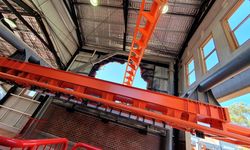
Now trending

